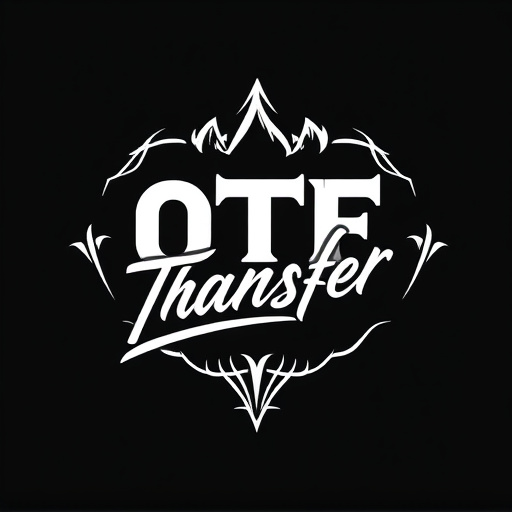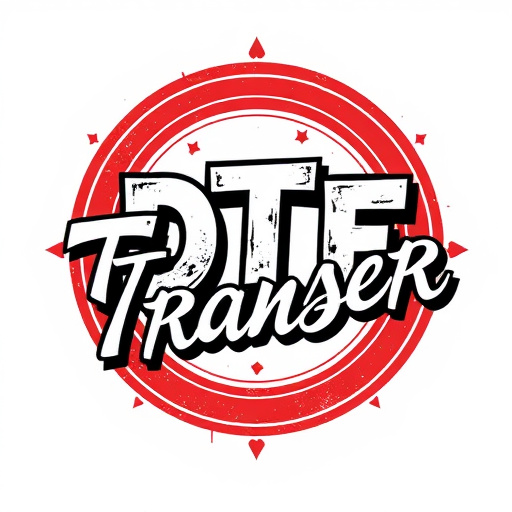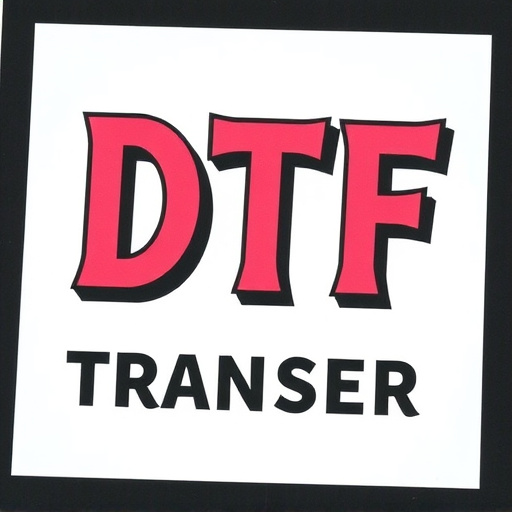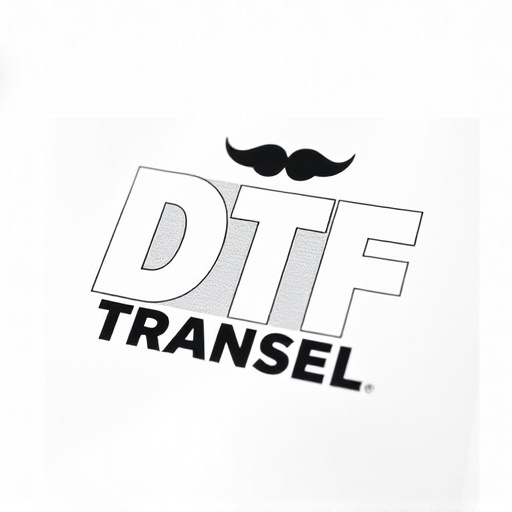Direct-to-film (DTF) transfers revolutionize business printing by directly applying ink to materials, eliminating intermediate steps. This technology offers exceptional precision, vibrant color reproduction, and high-volume efficiency, making it ideal for on-demand printing. DTF enables businesses to swiftly adapt to market demands, produce high-quality prints at competitive speeds, and enhance operations across various sectors like retail, advertising, logistics, and events. Future trends include increased print speeds, improved image quality, and enhanced material compatibility, positioning DTF as a game-changer for high-volume printing solutions.
In today’s fast-paced business landscape, high-volume operations demand efficient, cost-effective solutions. Direct-to-film (DTF) transfers emerge as a game-changer, offering unparalleled speed and quality for large-scale printing needs. This article delves into the world of DTF technology, exploring its benefits, applications, and future prospects. From understanding the fundamentals of DTF transfers to implementing them in diverse industries, we uncover how this innovative process is revolutionizing business operations, enhancing productivity, and delivering exceptional results.
- Understanding Direct-to-Film (DTF) Transfers: A Brief Overview
- Benefits of DTF Transfer for High-Volume Businesses
- Choosing the Right DTF Printing Solution
- Implementing DTF Prints in Your Business Workflow
- Case Studies: Successful DTF Applications in Various Industries
- Future Trends and Innovations in DTF Technology
Understanding Direct-to-Film (DTF) Transfers: A Brief Overview

Direct-to-film (DTF) transfers are a cutting-edge printing technology revolutionizing how businesses create and reproduce high-quality images on various surfaces, from promotional items to branded merchandise. This innovative process eliminates traditional intermediate steps, such as film positives or plates, by applying ink directly onto the target material using specialized equipment.
DTF offers unparalleled precision, allowing for complex designs with fine details and vibrant color reproduction. It is particularly suited for high-volume business applications due to its speed, efficiency, and cost-effectiveness. By enabling on-demand printing, DTF transfers empower businesses to quickly adapt to changing market demands, ensuring that each print is of the highest quality while maintaining a competitive production pace.
Benefits of DTF Transfer for High-Volume Businesses

Direct-to-film (DTF) transfers offer a myriad of advantages for high-volume businesses looking to streamline their printing processes. By eliminating the need for intermediate plates, DTF technology enables rapid and efficient production of custom prints at scale. This makes it an ideal solution for companies requiring frequent and diverse print runs, such as those in retail, advertising, and event management.
Moreover, DTF Printing ensures superior image quality and vibrant colours, rivaling traditional printing methods. The direct application of designs onto film allows for precise detail reproduction, making it perfect for showcasing high-resolution graphics, photos, and branding elements. Additionally, DTF prints are known for their durability and fast drying times, ensuring that business assets like banners, posters, and window displays remain effective and visually appealing for extended periods.
Choosing the Right DTF Printing Solution

When considering a DTF (Direct-to-Film) transfer for high-volume business use, it’s crucial to align your choice with your specific needs and goals. Look for solutions that offer both speed and quality. High-speed printing is essential to meet demand, especially if you’re targeting large-scale production runs. Meanwhile, superior print quality ensures that your final products maintain a professional appearance.
Explore DTF printing technologies and their capabilities to find the best fit. Some printers excel in vibrant color accuracy, ideal for graphic design or marketing materials. Others might offer exceptional detail retention, perfect for precise technical drawings or engineering blueprints. Assessing these factors will help you make an informed decision, ultimately selecting a DTF transfer solution that perfectly supports your business’s unique requirements and propels your operations to new heights.
Implementing DTF Prints in Your Business Workflow
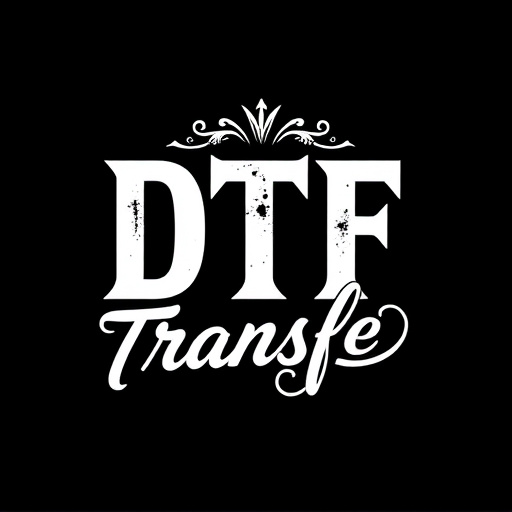
Implementing Direct-to-Film (DTF) prints in your business workflow can streamline operations and enhance efficiency for high-volume needs. This cutting-edge technology allows for precise, high-resolution transfers directly onto various substrates, from plastic to metal, eliminating intermediate steps and reducing turnaround time. By adopting DTF Printing, businesses can experience faster production cycles, enabling them to meet tight deadlines and maintain a competitive edge.
Whether you’re in marketing, manufacturing, or merchandising, DTF Transfers offer unparalleled versatility. They enable the creation of custom designs at scale, ideal for branding, advertising, or product personalization. With DTF Prints, your business can effortlessly adapt to dynamic market demands, ensuring consistent quality across every output. This advanced printing method not only boosts productivity but also opens doors to innovative marketing and branding opportunities.
Case Studies: Successful DTF Applications in Various Industries
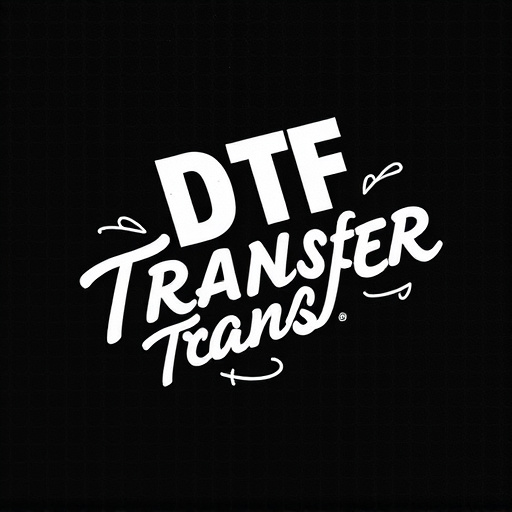
Direct-to-film (DTF) transfers have proven their versatility and effectiveness across various industries, showcasing successful applications that drive business growth and enhance customer experiences. In retail, DTF printing is revolutionizing in-store signage and display solutions, allowing businesses to produce high-quality, personalized prints on demand. This reduces waste and enables dynamic, data-driven marketing strategies, as stores can quickly update promotional materials to match sales trends.
Moreover, the logistics industry benefits from DTF technology for creating durable, weather-resistant labels and tags. These DTF prints offer precise tracking and identification, ensuring efficient inventory management and secure product tracing. Additionally, event organizers leverage DTF transfers for creating custom, on-site printed materials, such as tickets, lanyards, and promotional merchandise. This contributes to immersive experiences and generates buzz around events, fostering higher participant engagement and satisfaction.
Future Trends and Innovations in DTF Technology
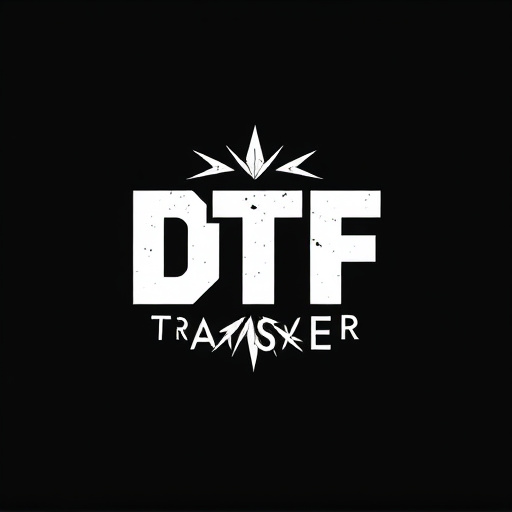
As technology continues to advance, Direct-to-Film (DTF) transfers are evolving to meet the demands of high-volume business use. Future trends in DTF technology include increased print speeds, improved image quality, and enhanced material compatibility. Innovations such as UV curing and digital printing techniques are revolutionizing DTF production, enabling faster turnaround times and higher efficiency. These advancements cater to businesses requiring rapid and consistent output, ensuring they stay ahead in today’s fast-paced market.
Additionally, the integration of automation and smart software is set to streamline DTF processes. This includes automated design layouts, error detection, and remote monitoring, reducing human intervention and potential errors. With these future trends, DTF technology will continue to be a game-changer for businesses relying on high-volume printing, offering not just quality prints (DTF prints) but also streamlined workflows and cost-effectiveness through DTF printing.
